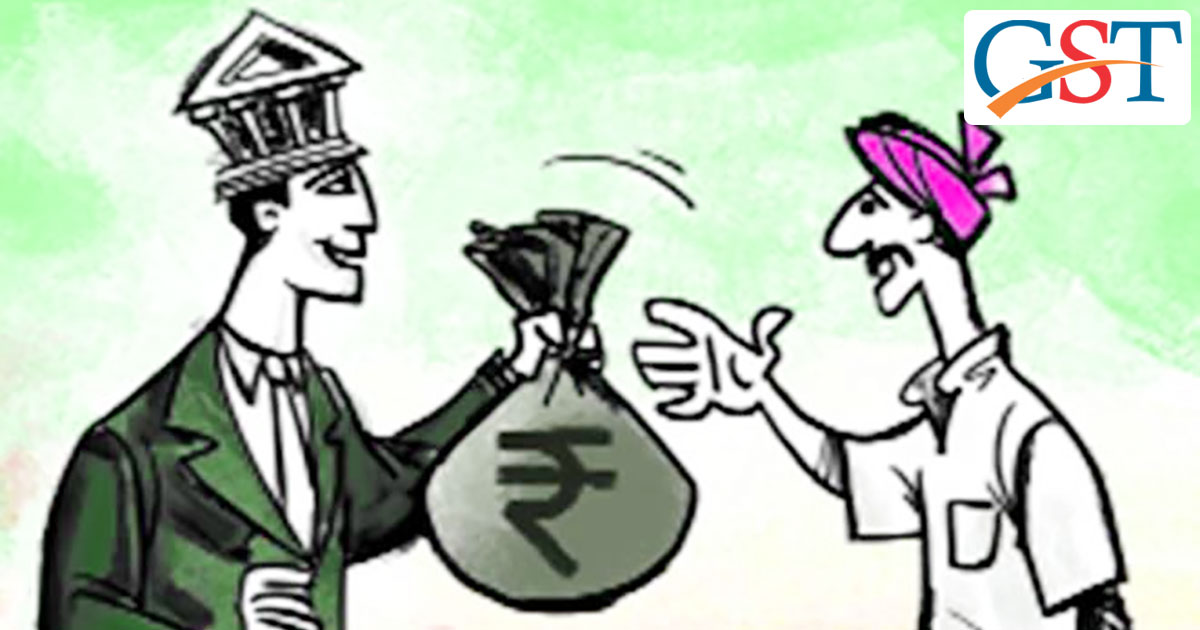In a statement released today, the RBI said that states have been unable to achieve their gross fiscal targets owing to issues like higher salary expenses, limited revenue after GST implementation and loan waivers being offered to the farmers. As per the report, states are behind their fiscal targets by 0.35 per cent in 2017-18.
The thing to note here is that the states have been failing to meet their GFD (gross fiscal deficit) target for the third year in a row, confirms the central bank, adding that an improvement was expected after the Centre offering a higher devolution.
The things are not likely to go better in FY19, as states are expecting to achieve only 0.2 per cent revenue growth against a 0.4 per cent deficit. This will further worsen the conditions as the overall GFD will go down to 2.6 per cent, as compared to 3.1 per cent in 2017-18, said the central bank.
Read Also: One Year of Goods and Services Tax Impact on Unorganised Sector
“The decline in states’ tax revenues is essentially associated with the pending accounting issues related to GST implementation,” said the report. The study shows that the states’ revenue has decreased leading to a 0.27 per cent slip in the GFD after the implementation of the goods and services tax (GST) in the country.
RBI’s executive director Michael Patra is, however, confident that as the GST more stable, it will eventually contribute to improving states’ revenue and strengthening fiscal budget. “Given debt sustainability concerns associated with rising market borrowings, improved efficiency of expenditures and fiscal marksmanship may be necessary to sustain growth while maintaining fiscal prudence,” he added.
The ongoing hike in salaries by the states in line with proposals like the seventh pay panel has resulted in a 0.09 per cent dip in the revenue expenses.
A third of the overall fall in fiscal targets has been caused by farm loan waivers, which is a country-wide scheme, confirms the RBI. The apex bank continues to support its concerns regarding the morality of farm loan waivers, as they are yet to prove any improvement in productivity. The bank also shares its concern about the potential risks caused by a shift to informal finance sources because of the debt waivers.
Recommended: Goods and Services Tax Impact on Agriculture Sector in India
In the financial year 2017-18, farm loan waivers worth 0.32 per cent of the total GDP were offered, as against 0.27 per cent of estimated budget. A decline in capital expenses along with the decrease in development has been reported by the States which are offering the waivers. “They (waivers) impact credit discipline, vitiate credit culture and dis-incentivise borrowers to repay loans, thus engendering moral hazard,” a study said.










